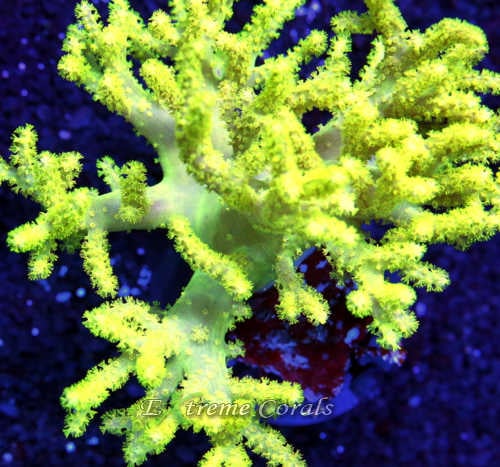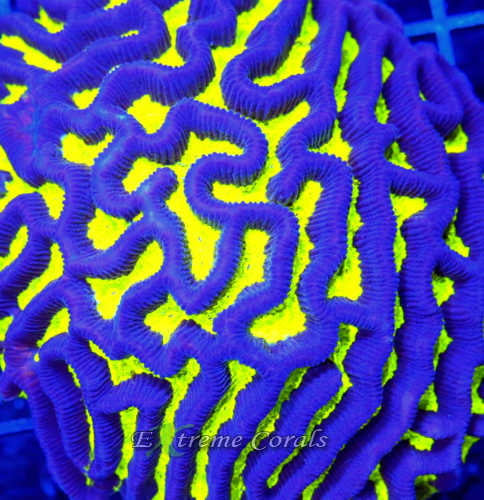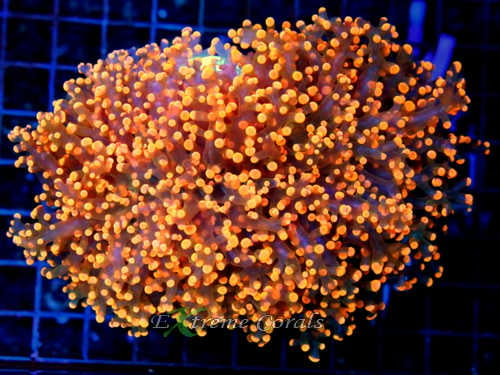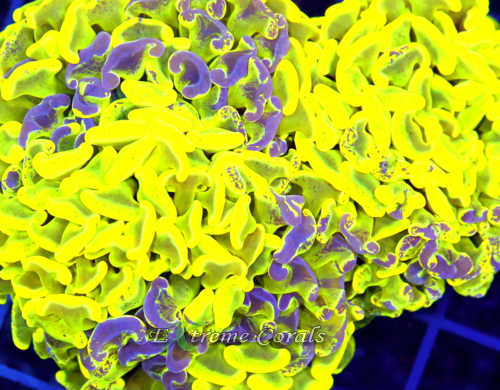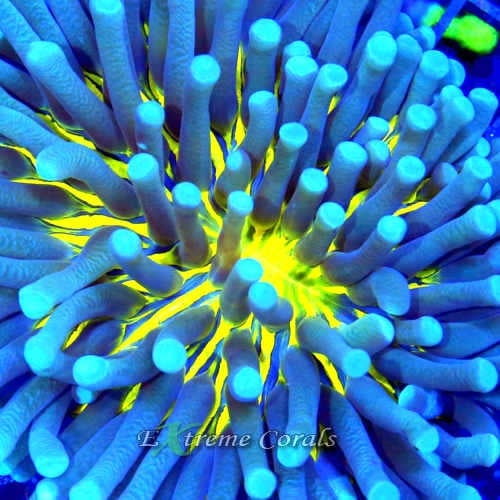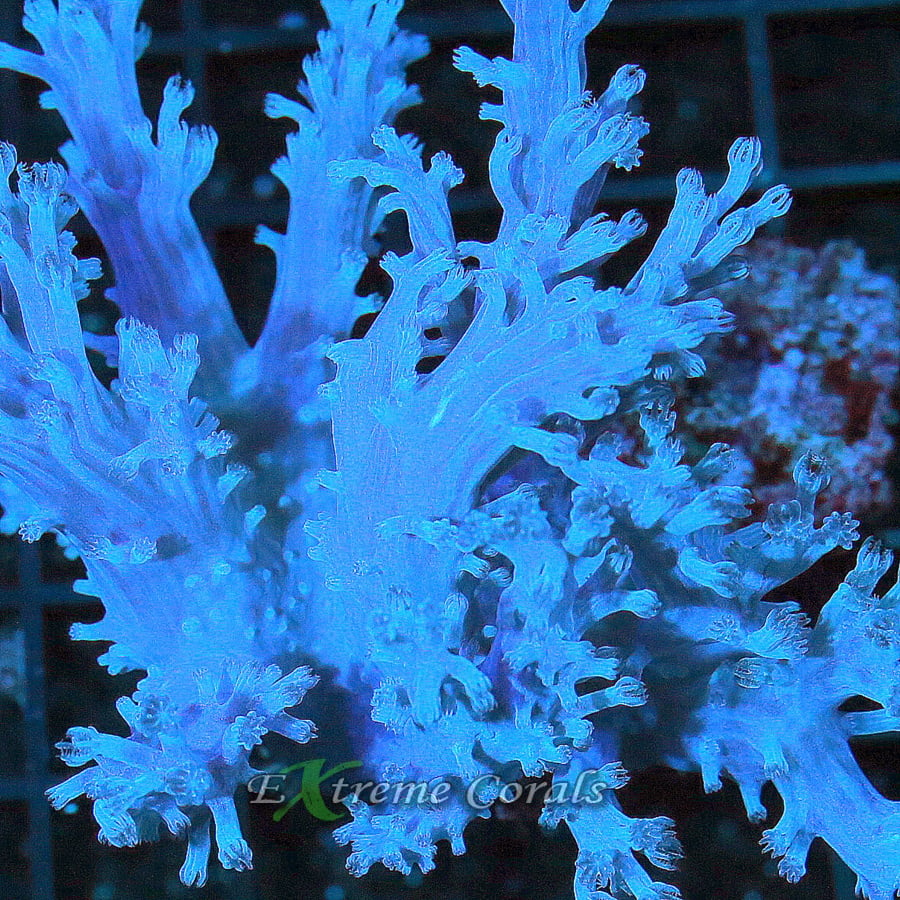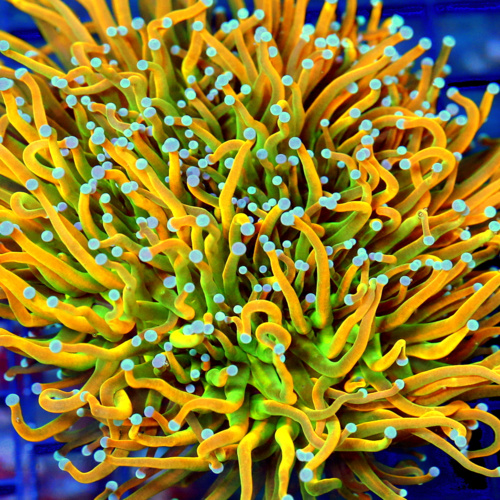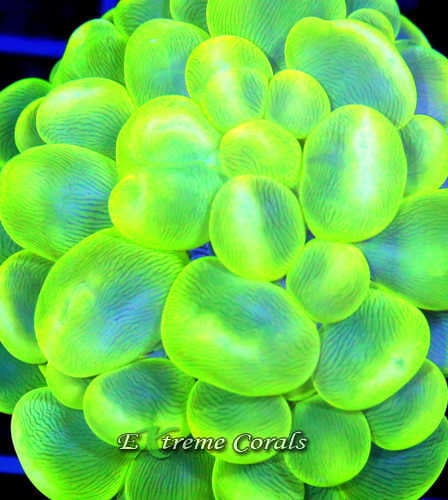Extreme Corals News and Updates
Extreme corals is your go to destination for corals of all kinds. Visit this page regularly for tips, news, updates, and other coral related posts.
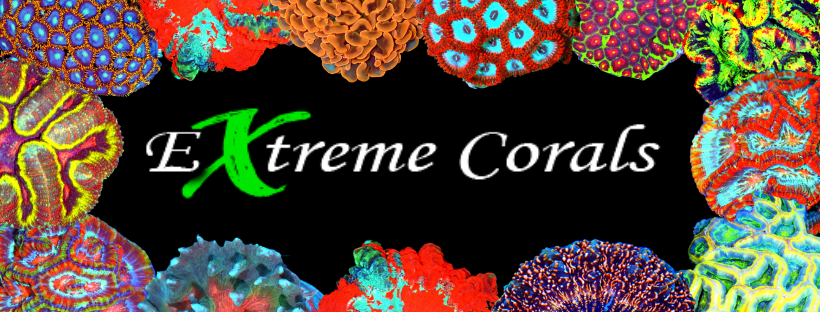
Recent Posts
Sinularia coral care guide – Learn how to maintain this fast-growing and hardy soft coral in your reef aquarium.
scott Shiles, July 07, 2025
Platygyra coral care guide – Learn how to maintain this maze-like LPS coral in your reef aquarium.
Platygyra, or Maze Brain Coral, is a stunning LPS coral from the Indo-Pacific. This guide covers lighting, flow, feeding, and placement to ensure success in your home reef tank.
scott Shiles, July 03, 2025
Frogspawn Coral care guide – Learn how to maintain this flowing and semi-aggressive LPS coral in your reef aquarium.
Frogspawn Coral (Euphyllia divisa) is a stunning LPS coral from the Indo-Pacific. This guide covers lighting, flow, feeding, and placement to ensure success in your home reef tank.
scott Shiles, June 26, 2025
Hammer Coral care guide – Learn how to maintain this flowing and semi-aggressive LPS coral in your reef aquarium.
Hammer Coral (Euphyllia ancora) is a stunning LPS coral from the Indo-Pacific. This guide covers lighting, flow, feeding, and placement to ensure success in your home reef tank
scott Shiles, June 04, 2025
Heliofungia coral care guide – Learn how to maintain this unique and flowing LPS coral in your reef aquarium.
Heliofungia, or Long Tentacle Plate Coral, is a striking LPS coral from the Indo-Pacific. This guide covers lighting, flow, feeding, and placement to ensure success in your home reef tank.
scott Shiles, May 23, 2025
Xenia coral care guide – Learn how to maintain this fast-growing and pulsing soft coral in your reef aquarium.
Xenia, or Pulsing Xenia, is a rapidly growing soft coral from the Indo-Pacific. This guide covers lighting, flow, feeding, and placement to ensure success in your home reef tank.
scott Shiles, May 14, 2025
Euphyllia coral care guide – Learn how to maintain this flowing and semi-aggressive LPS coral in your reef aquarium.
Euphyllia corals, including Torch, Hammer, and Frogspawn varieties, are stunning LPS corals from the Indo-Pacific. This guide covers lighting, flow, feeding, and placement to ensure success in your home reef tank.
scott Shiles, May 13, 2025
Bubble Coral care guide – Learn how to maintain this unique and beginner-friendly LPS coral in your reef aquarium.
Bubble Coral is a stunning LPS coral found in the Indo-Pacific. This guide covers lighting, flow, feeding, and placement to ensure success in your home reef tank.
scott Shiles, May 07, 2025
1 2 3 4 5 6 7 8 9 10 11 12 13 14 15 16 17 18 19 20 21 22 23 24 25 26 27 28 29 > >>
For more information visit: additional resources

